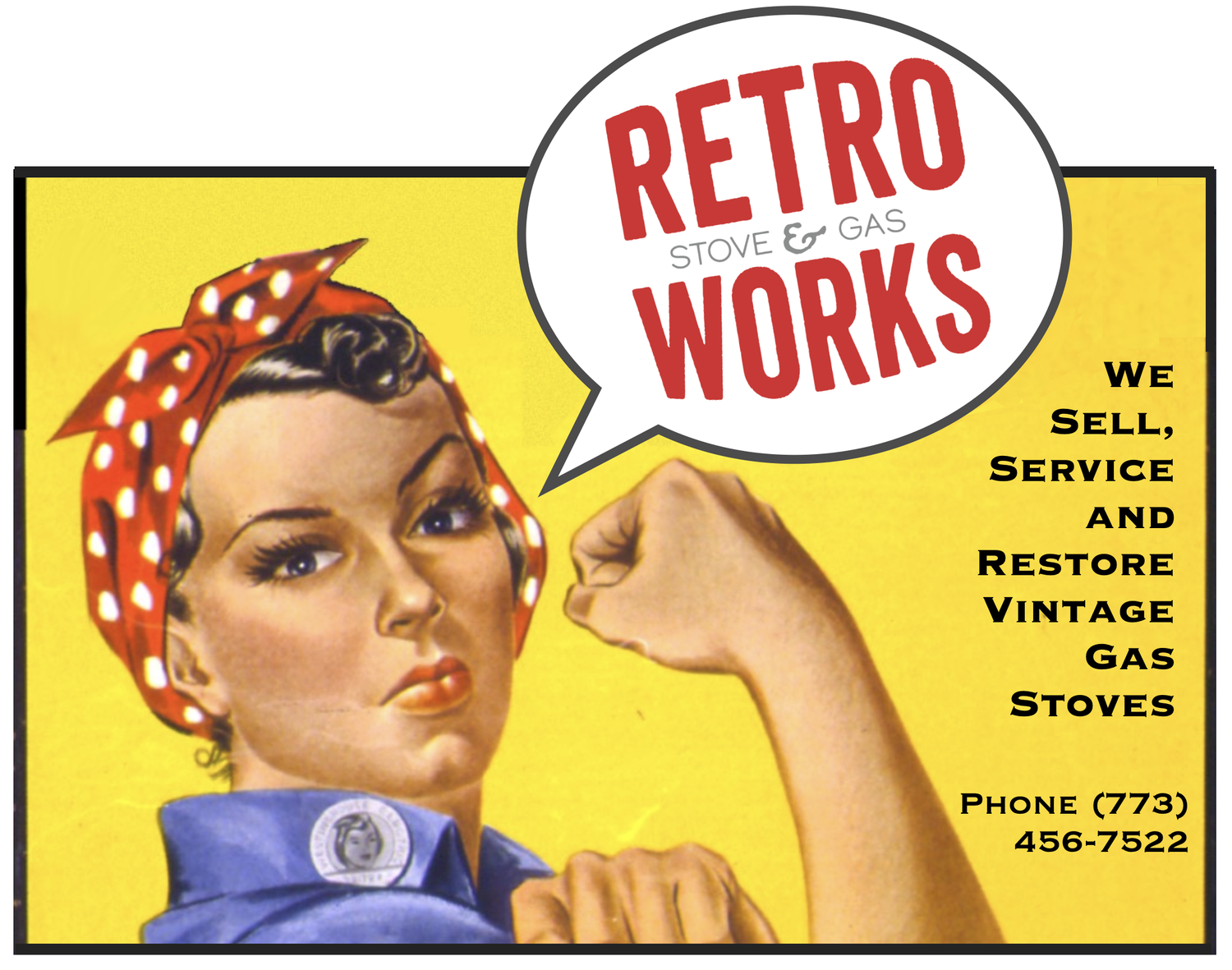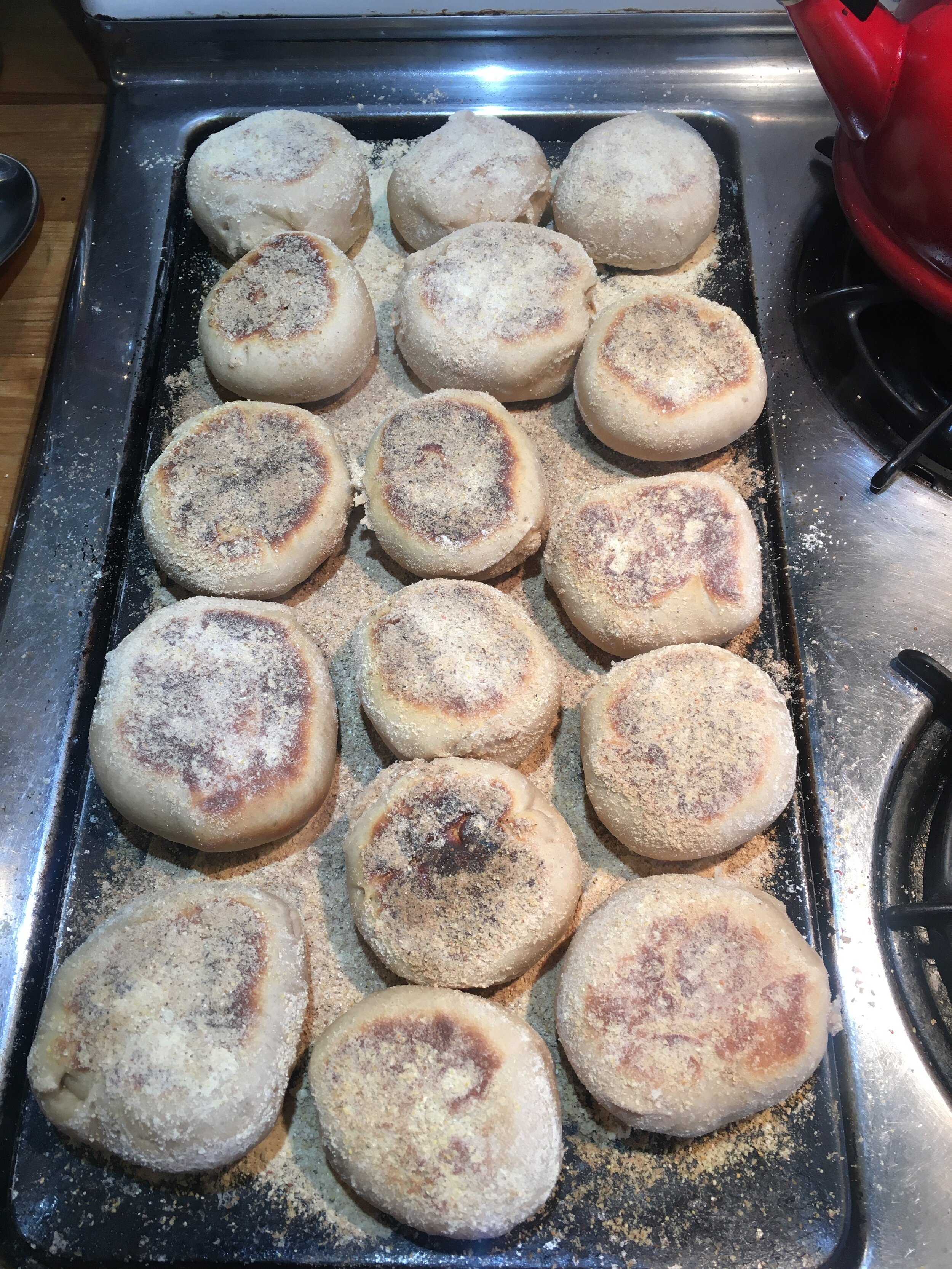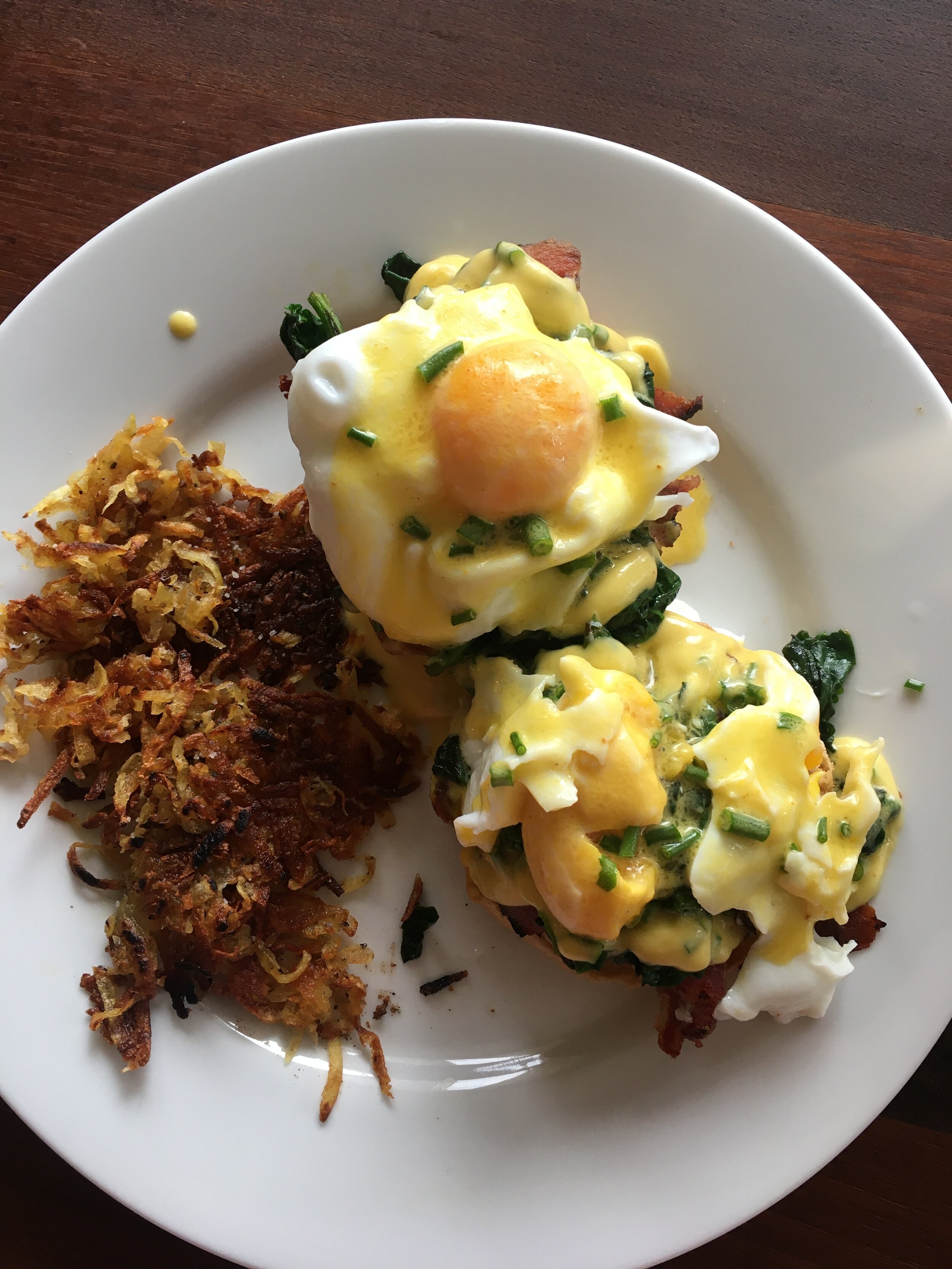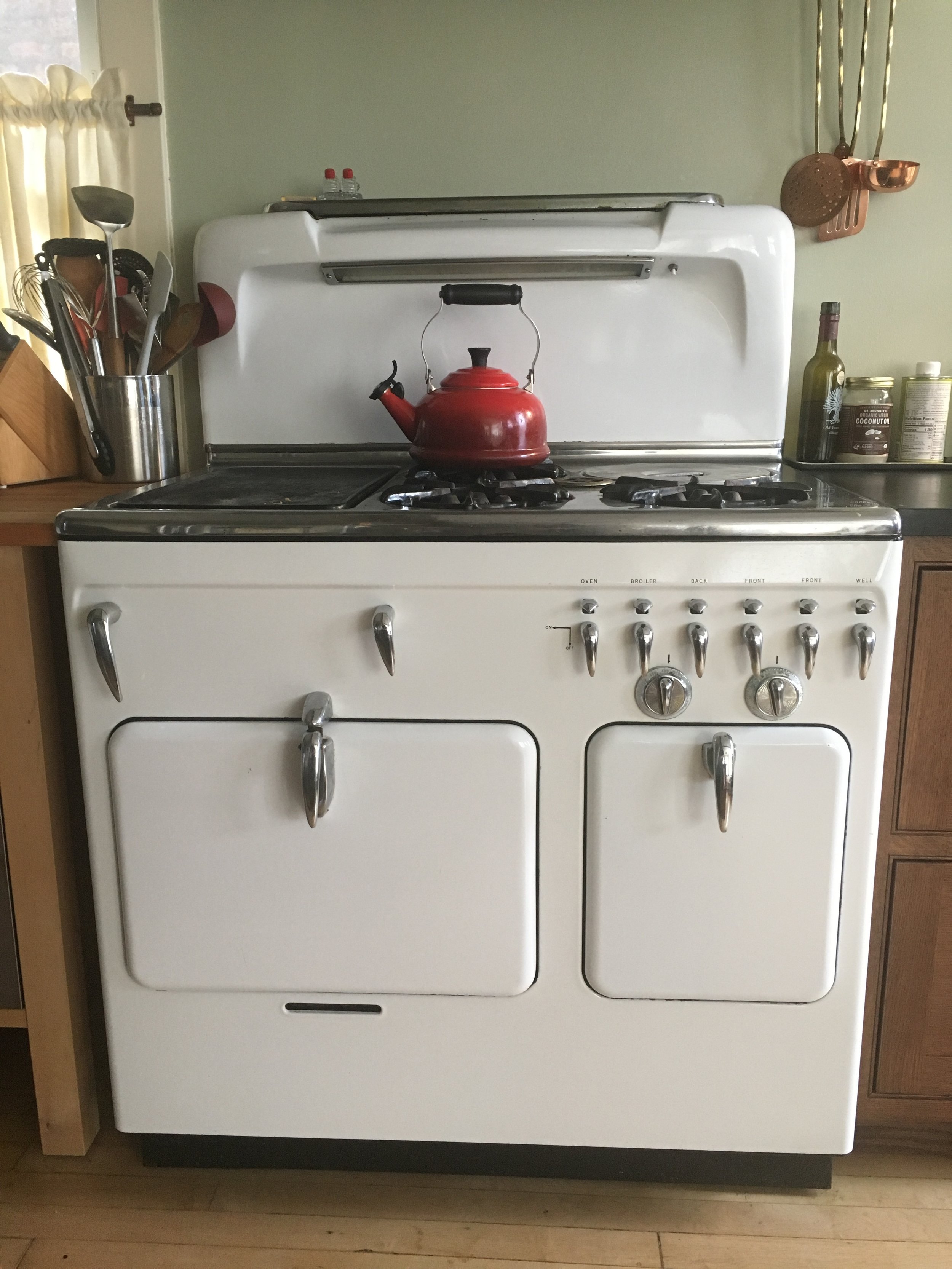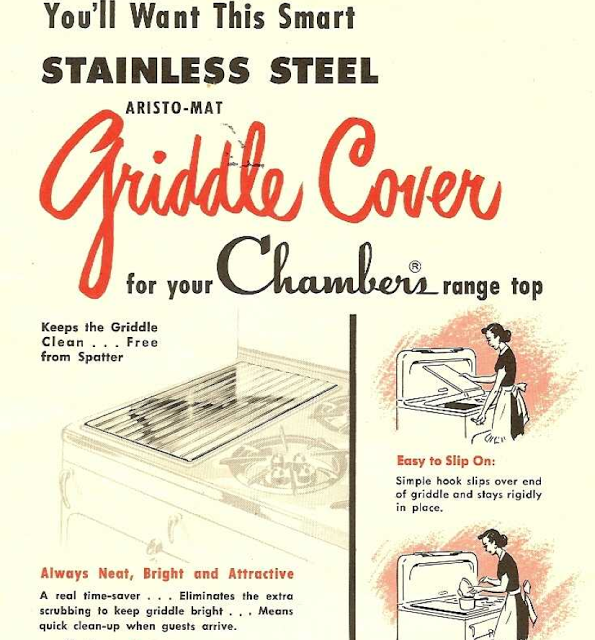There’s a lot to love about owning a vintage stove, but one of the most satisfying things is discovering a great recipe that takes full advantage of a retro stove’s unique features. I recently made my first-ever batch of King Arthur Flour’s English Muffins and was delighted to find that my Chambers stove’s griddle streamlined the cooking process considerably.
According to this excellent recipe, the best way to prepare English muffins for their final rise is to place them on a cold griddle and then simply turn on the heat underneath them when it’s time to cook. King Arthur estimates that a 16-muffin batch requires two modern griddles, noting that “since you probably don’t have two griddles, you’ll need to cook the muffins in shifts.” Well, I’m happy to report that the Chambers griddle is perfectly sized to cook a full batch all at once!
Sixteen delicious homemade English muffins, all cooked on a single Chambers stove griddle.
For the perfect rise, I removed the griddle from the stove and gently propped it up to create a nice flat surface before placing my muffins. When it was time to cook, I simply lit the broiler and replaced the griddle. The whole process couldn’t have been easier, and my muffins were done in half the time they would have taken if I had cooked them on a modern stove.
If you have a Chambers griddle and haven’t made your own English muffins, I highly recommend trying this recipe. The muffins are simple to make, freeze beautifully, thaw quickly, taste far better than store-bought, and are incredibly versatile. With a frozen stash, you’re halfway to making mini pizzas, eggs Benedict, breakfast sandwiches, and a divine-in-its-simplicity toasted and buttered muffin.
There’s a homemade English muffin under the poached eggs, chives, bacon, and spinach.
